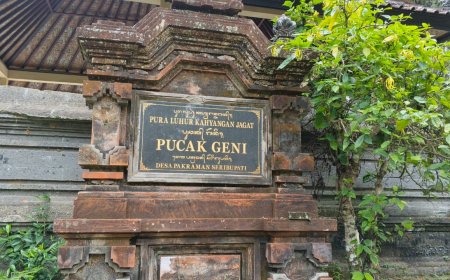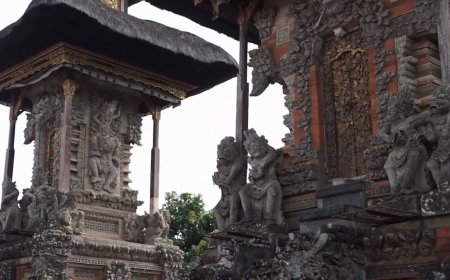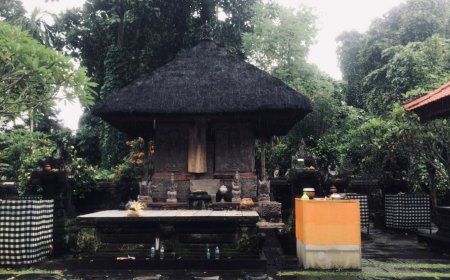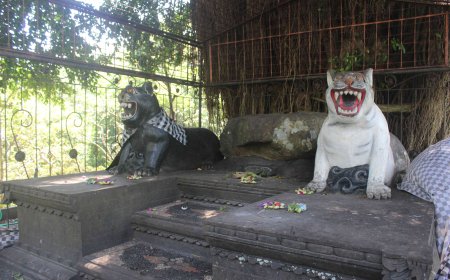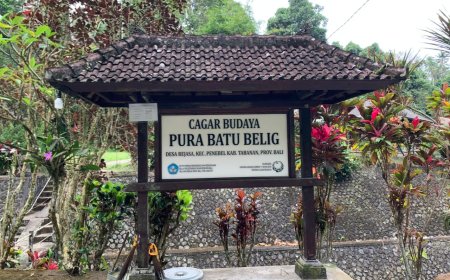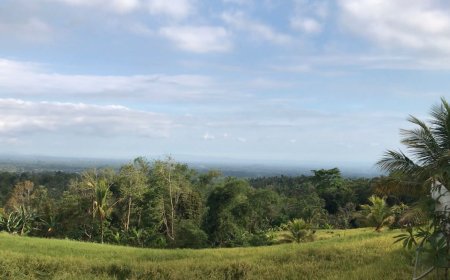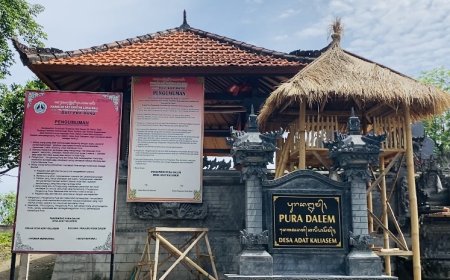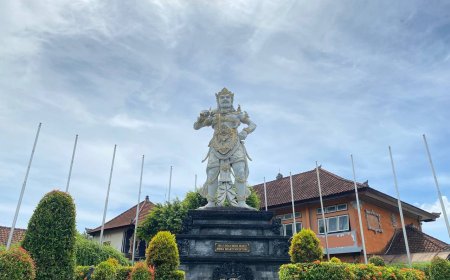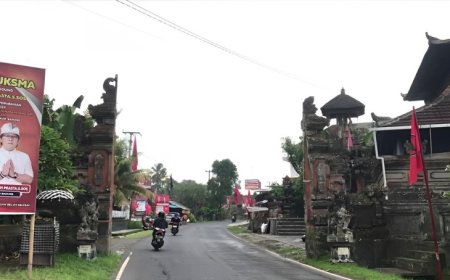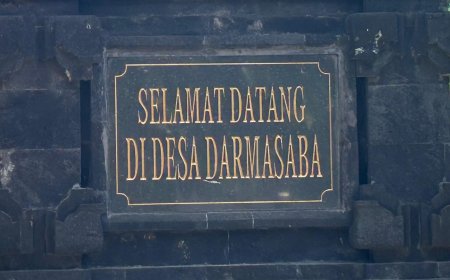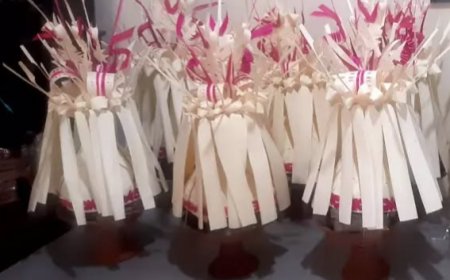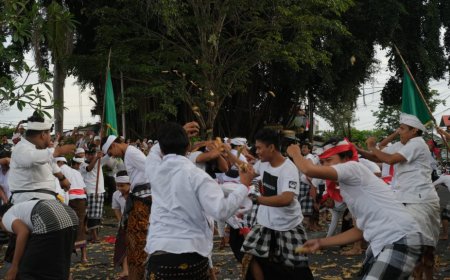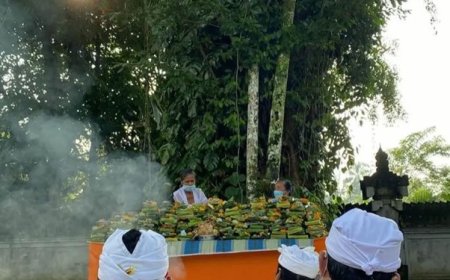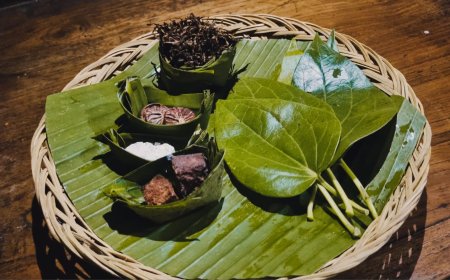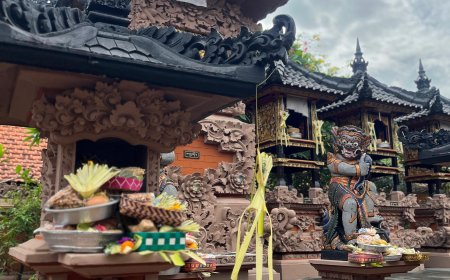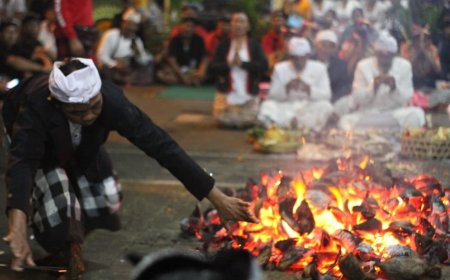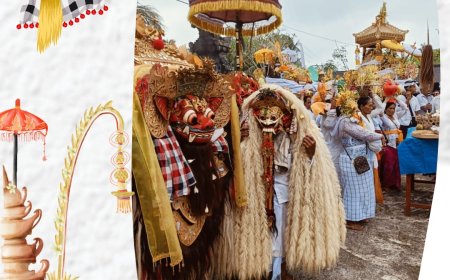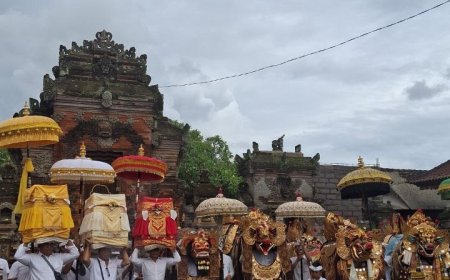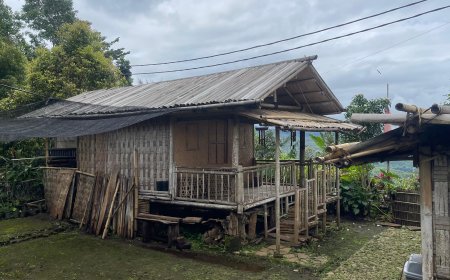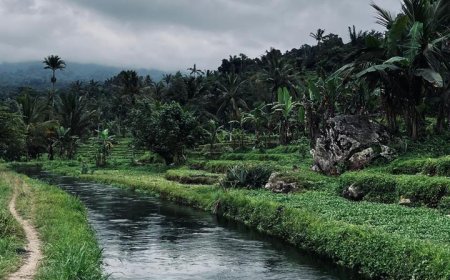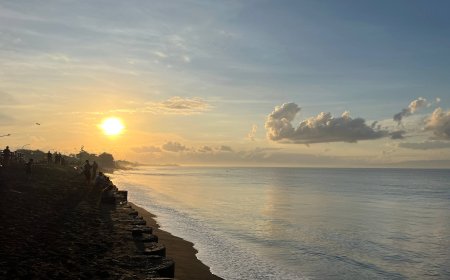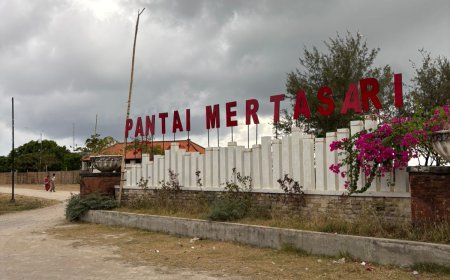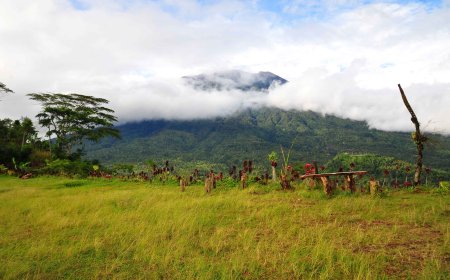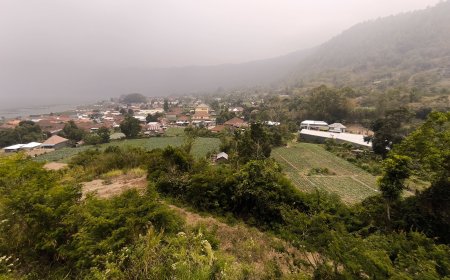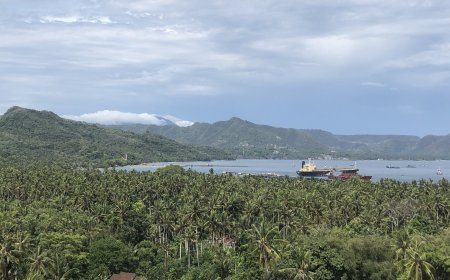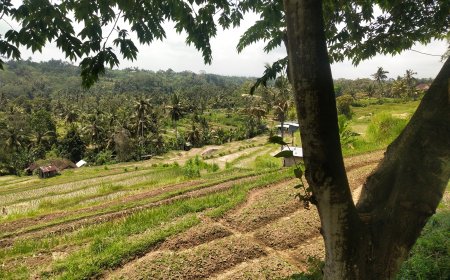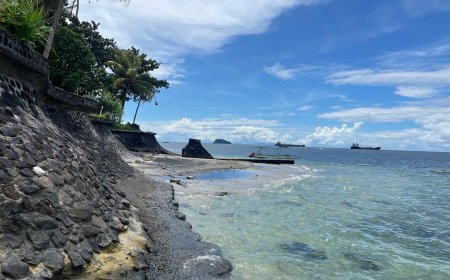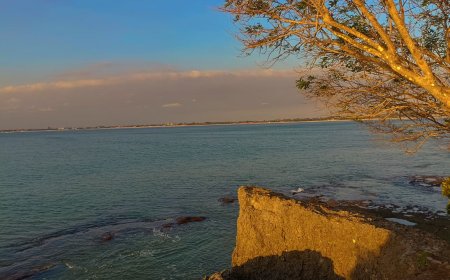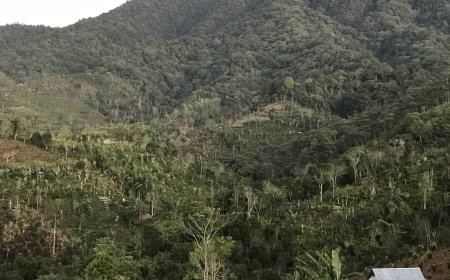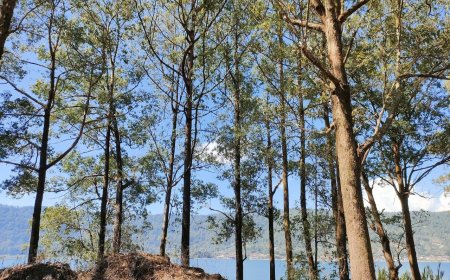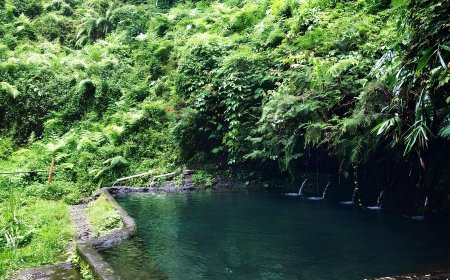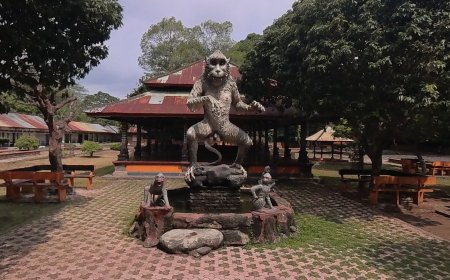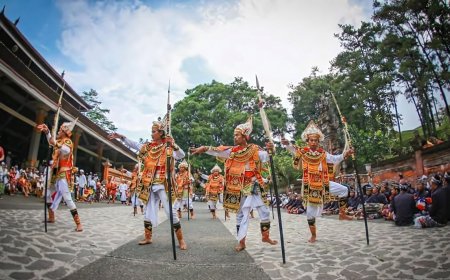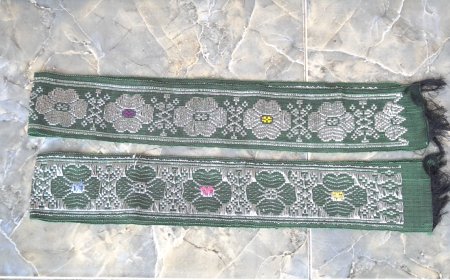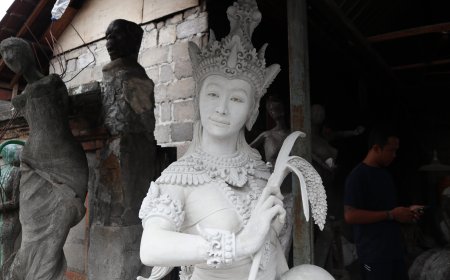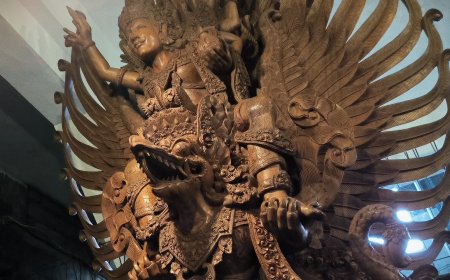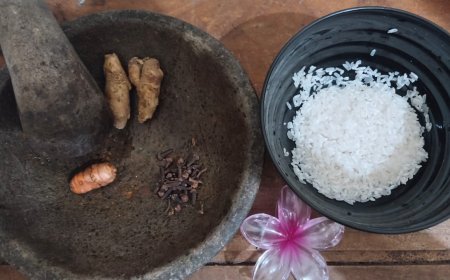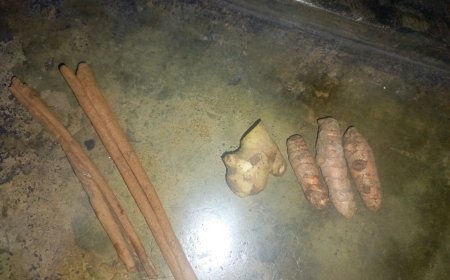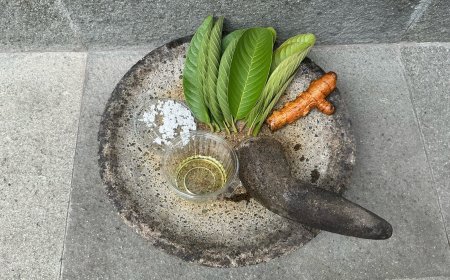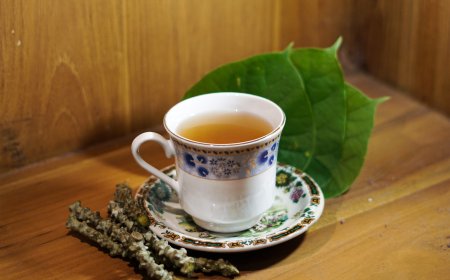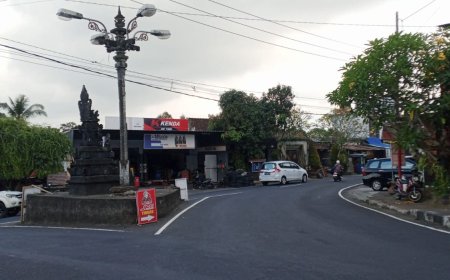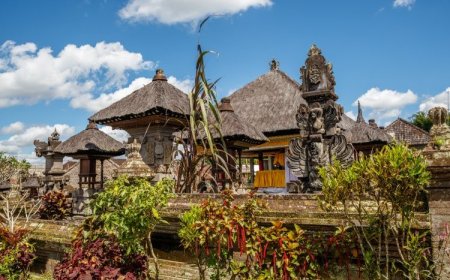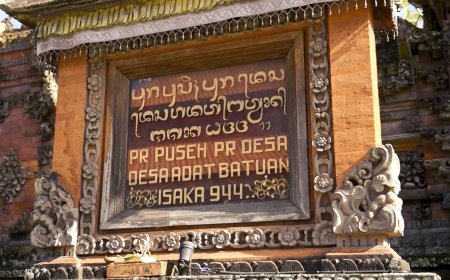Exploring the Uniqueness and Historical Journey in Reclaiming the Saba Traditional Village
The traditional villages in Bali represent a form of local community that follows the cultural order and traditions that have existed since ancient times and have been passed down by ancestors. Saba Traditional Village is a manifestation of the struggle led by I Gusti Gede Padang to reclaim the Alas Rengked territory from the Sukawati Kingdom. Its historical wealth is reflected in a dagger and the transformation from Alas Rengked to the Saba Traditional Village. With 5 kahyangan tiga temples as the shrine of Dewa Tri Murthi, a diverse community, and red thread bracelets and necklaces as symbols of the distinctive identity of Saba Traditional Village, it stands apart from other traditional villages.
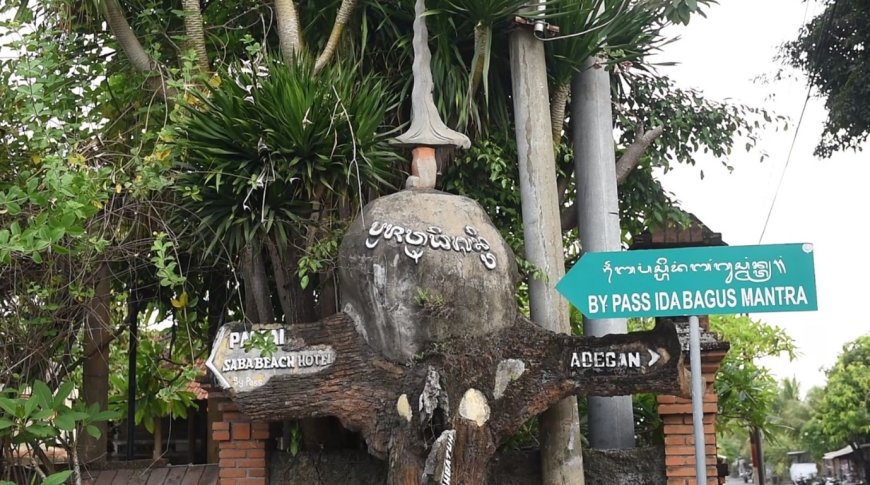
Traditional village is a term for a village managed by the indigenous community and has the right to govern the territory and community life with its own administration or in other words, by traditional leaders. Each traditional village has distinguishing characteristics from other traditional villages, such as clear territorial boundaries, a community with specific criteria, kahyangan tiga temples, external and internal autonomy, as well as traditional governance and its administration. Traditional villages have several responsibilities from local governments, including carrying out development, community development, and empowering the traditional village community. Additionally, traditional villages also have authority in regulating and implementing governance, managing the traditional village's territory, and providing economic, social, and cultural benefits to the community. This article will further discuss an traditional village with historical richness and uniqueness that sets it apart from other traditional villages in Bali, namely Saba Traditional Village.
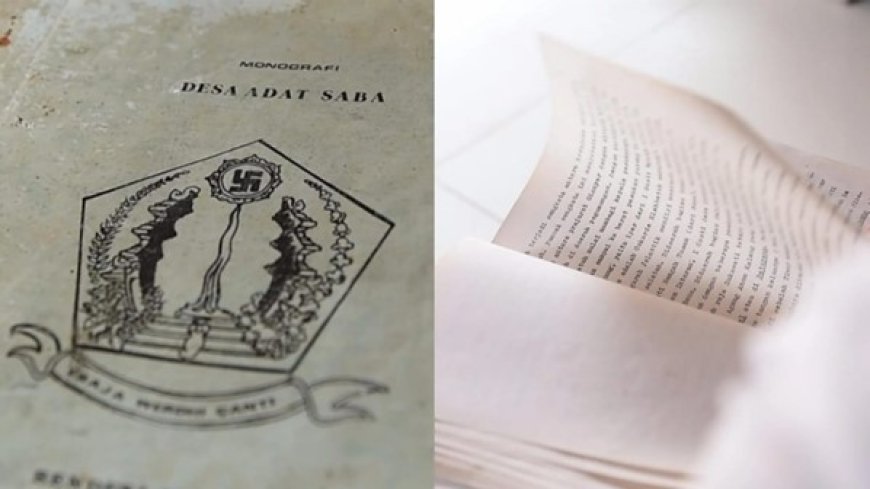
Monograph of Saba Traditional Village (Source: Personal Collection)
Saba Traditional Village is an traditional village located in the Blahbatuh District, Gianyar Regency. To reach this traditional village, it takes approximately a 30 minutes journey by vehicle from Denpasar City, covering a distance of about 19 km. According to I Gusti Ngurah Mahendradinata, the bendesa of Saba Traditional Village, the history of this traditional village is documented in the Monograph of Saba Traditional Village. He states that in the 1830s, the area of this traditional village was originally a forest called Alas Rengked, within which there was a hamlet led by a local leader named I Rengked. This forest was initially under the authority of the Blahbatuh Kingdom but was later taken over by the Sukawati Kingdom under its king, Dewa Agung Anom Kalang, residing in Ketewel, Batuyang.
At that time, the king of the Blahbatuh Kingdom, I Gusti Ngurah Jelantik, felt disappointed because the territorial area of Blahbatuh was taken over by the Sukawati Kingdom. He then sent a forefather of the Saba Traditional Village community named I Gusti Gede Padang, who originated from Bona, to reclaim Alas Rengked. However, as he did not desire any battles or bloodshed that could cause suffering to the people, he eventually came to Alas Rengked with a few warriors, numbering around 11 individuals, to engage in diplomacy and find the best solution that would not burden the community. In the end, the territory of Alas Rengked was returned to the Blahbatuh Kingdom. In recognition of the services of I Gusti Gede Padang, who successfully reclaimed control of the Alas Rengked region, he was granted authority over the area by the Blahbatuh Kingdom. At the time of the transfer of power, he was presented with a dagger named Keris Pusaka Rengked, which is still preserved in Puri Saba to this day.
Due to the joy of the Blahbatuh King over the success of I Gusti Gede Padang in reclaiming Alas Rengked, the name Alas Rengked was then changed to Toh Jiwa, symbolizing the stakes of lives in the process of territorial acquisition. After some time, I Gusti Gede Padang realized that the population of Toh Jiwa was very small. Consequently, he requested the kings from all over Bali to bring people who were sentenced to death to be nurtured in the Toh Jiwa region. With the increase in the number of residents, I Gusti Gede Padang conveyed this to Puri Blahbatuh, and eventually, Toh Jiwa was granted status, and its name was changed to Pesaban, or what is now known as Saba.
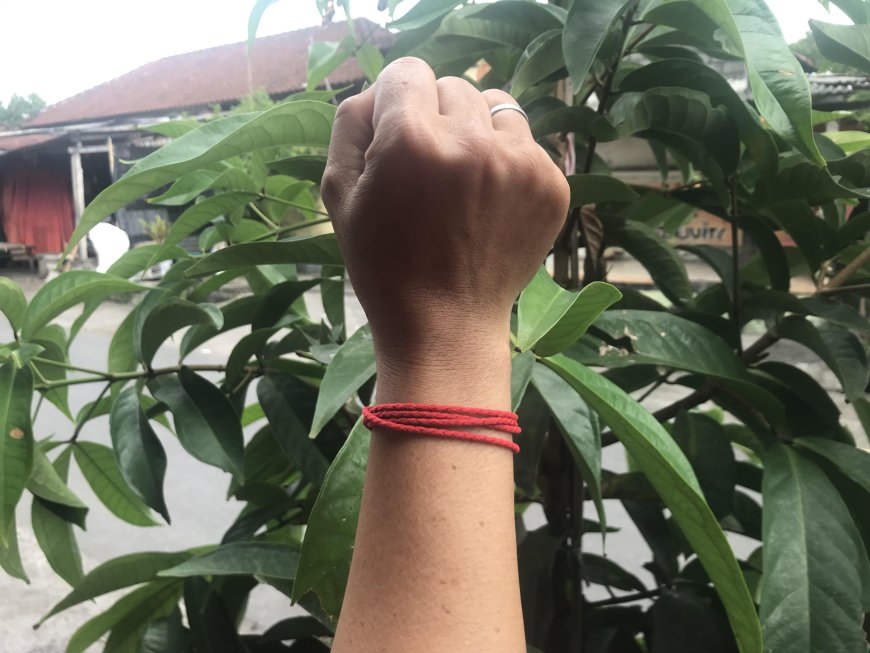
Red Thread Bracelets (Source: Personal Collection)
The historical richness of Saba Traditional Village is undoubtedly an interesting aspect that needs to be understood by the younger generation to appreciate the significant struggles undertaken by their ancestors. However, it is also important to acknowledge the uniqueness of this traditional village that sets it apart from others, serving as a form of appreciation for its rich traditions and cultural heritage. Some of the unique features of Saba Traditional Village include:
- Possessing 13 temples with 5 kahyangan tiga temples within. While traditional villages typically have 3 kahyangan tiga temples, each consisting of 1 Desa Temple, 1 Puseh Temple, and 1 Dalem Temple, Saba Traditional Village stands out with 1 Desa Temple, 2 Puseh Temples, and 2 Dalem Temples, distinguishing it from other traditional villages.
- Conducting the Caru Linuh ceremony after earthquake. This ceremony is performed by the community to seek safety from Ida Sang Hyang Widhi Wasa, praying for protection and maintaining the balance of nature.
- Conducting the Nangluk ceremony on the Purnama Sasih Kalima. This ceremony is conducted to seek safety and protection from negative aspects such as outbreak or natural disasters. Subsequently, after 15 days precisely on Tilem Sasih Kalima, Blahbatuh Traditional Village will also conduct the Nangluk ceremony.
- Having many soroh or community clusters. As previously explained, when Alas Rengked was successfully reclaimed by I Gusti Gede Padang, many people from all over Bali were brought to this area for nurturing, leading to the diverse community clusters present in Saba Traditional Village.
- The community of Saba Traditional Village wears bracelets or necklaces made of threads in a single color, which is red. These threads are usually obtained during ceremonies on the Purnama Sasih Kanem. Red bracelets or necklaces are exclusive to the people of Saba Traditional Village, as in some other regions of Bali, Tridatu threads are more commonly used.
With its profound historical richness and unique features that distinguish it from other traditional villages, Saba Traditional Village is not merely a cluster of houses or settlements but a living cultural heritage. The struggle of I Gusti Gede Padang in reclaiming the Alas Rengked territory, along with the cultural inheritance passed down through generations, makes Saba Traditional Village a window that broadens insights into the life of the indigenous community in Bali.
